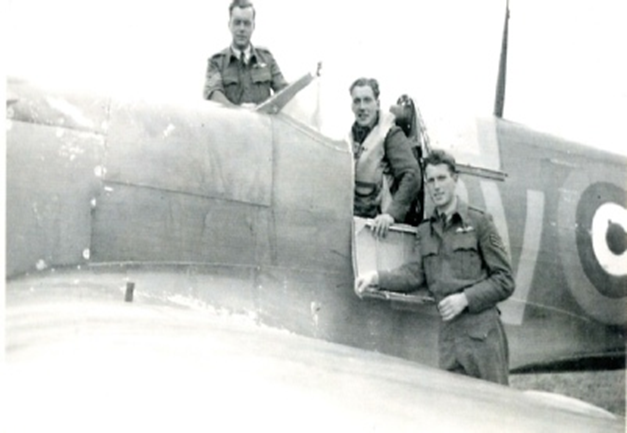

On 16 June 1941, No. 129 reformed at Leconfield as a fighter Squadron and its Spitfires became operational on 24 July. As a result of the Indian government raising large sums of money through its sale of War Bonds a number of squadrons within the RAF were given names of Indian cities and provinces in recognition of this. No. 129 became No. 129 (Mysore) Squadron being named after Mysore province in southwest India. The squadron's badge, the Ghunda Berunda of Mysore, also reflects this association. In August it moved south to provide escorts for day bombers and in December began taking part in offensive operations over France.
The Squadron moved to the Orkneys in September 1942 for local air defence, returning in February 1943 to south coast airfields for escort and anti-shipping missions. 129 Squadron became part of the 2nd Tactical Air Force in June 1943 and was converted to Mustangs by April 1944. After forming part of the 133 (Polish) Wing for D-Day the squadron returned to RAF Romney Marsh where it undertook anti V-1 activities, before moving to East Anglia to provide long-range escorts for Bomber Command's daylight raids.
The squadron spent from June to December 1945 in Norway converting back to Spitfires. At RAF Church Fenton on 1 September 1946 the squadron was renumbered to No. 257 Squadron.
